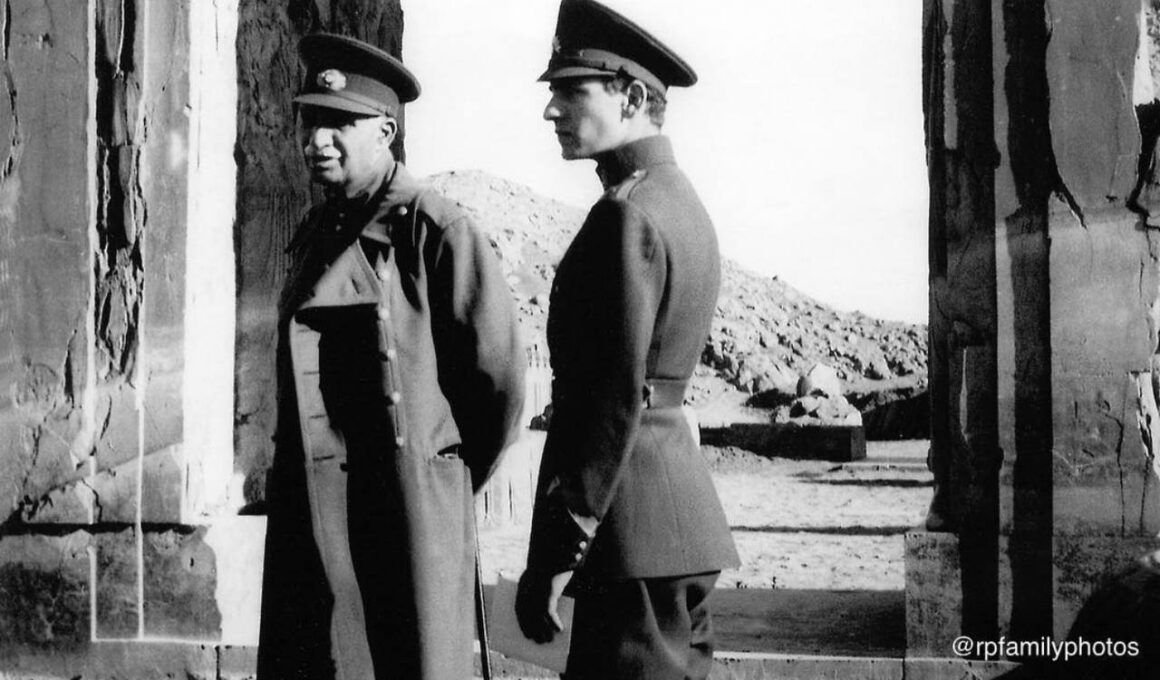Pantea Garshasbi
Recently, attempts have been made to compare the rule of Mohammad Reza Shah Pahlavi with the regime of Bashar al-Assad in Syria. This comparison is not only unrealistic but also absurd, given the profound differences in their goals, methods, and outcomes. This article examines the fundamental distinctions between these two leaders and their respective governments.
The Pahlavi Government: Development and Freedom
Mohammad Reza Pahlavi is remembered not merely as a monarch but as a reformist and a development-oriented leader. His reforms, encapsulated in the White Revolution, included initiatives such as:
- Women’s Rights: Granting voting rights to women ahead of many European countries and creating equal employment and educational opportunities.
- Land Reforms: Redistribution of large estates to reduce inequality in land ownership.
- Modernization: Investments in economic, industrial, and cultural infrastructure.
- Education and Healthcare: Establishing modern schools and universities, raising literacy rates, and introducing an advanced healthcare system.
These reforms reflected his vision of a secular, modern society grounded in universal values. Mohammad Reza Pahlavi sought to transform Iran into a regional power and a developed nation. His era coincided with the Cold War, making Iran a neighbor to the communist bloc, a geopolitical reality far removed from today’s interconnected world.
The Assad Regime: Dictatorship and Brutal Repression
In contrast, the Assad family (Hafez al-Assad and Bashar al-Assad) has established a regime founded on fear, repression, and systematic violence:
- Widespread Suppression: Imprisoning and killing hundreds of thousands of political dissidents, with over half a million deaths following the Arab Spring and six million Syrians forced into exile.
- Lack of Social Freedoms: Civil rights and social freedoms were exclusively reserved for Assad loyalists, leaving other ethnic and religious groups with minimal liberties.
- Power Centralization: A family- and clan-based government sustained through military and intelligence forces.
- Economic Ruin: Neglect of economic development, leading to rising poverty and inequality among Syrians.
Bashar al-Assad’s actions during the Syrian Civil War included atrocities of a scale and severity unparalleled even among regional dictators like Saddam Hussein and Muammar Gaddafi.
Key Differences Between Pahlavi and Assad
- Government Orientation: Mohammad Reza Pahlavi led a secular, development-driven administration, while the Assads ruled through militarized, tribal governance.
- Interaction with Citizens: Pahlavi aimed to create equal opportunities and improve living standards, whereas the Assads used violence and repression to eliminate opposition.
- Outcomes of Leadership: The Pahlavi era witnessed remarkable progress, including exceptional economic growth akin to China’s recent surge and the earlier advances of Japan and South Korea. This period saw improved health indices and the establishment of educational and research institutions. Conversely, the Assad regime exploited humanitarian and economic crises to consolidate personal and factional power.
The Iranian Revolution: A Historical Misstep
The 1979 Iranian Revolution, led by Islamist and communist-leftist groups, had numerous causes. However, its outcome deviated from the original promises of freedom and justice, resulting instead in an ideological and authoritarian regime antithetical to secularism and modernity.
The comparison of Shah and Assad is an attempt to rewrite history and justify the revolutionary mistakes of that era. In reality, equating Shah with Assad is a distortion that prevents a clear understanding of past errors and hinders future planning. Recognizing the realities of the Pahlavi era and distinguishing it from regimes like Assad’s can aid in reconstructing the vision of a secular and developed Iran.







